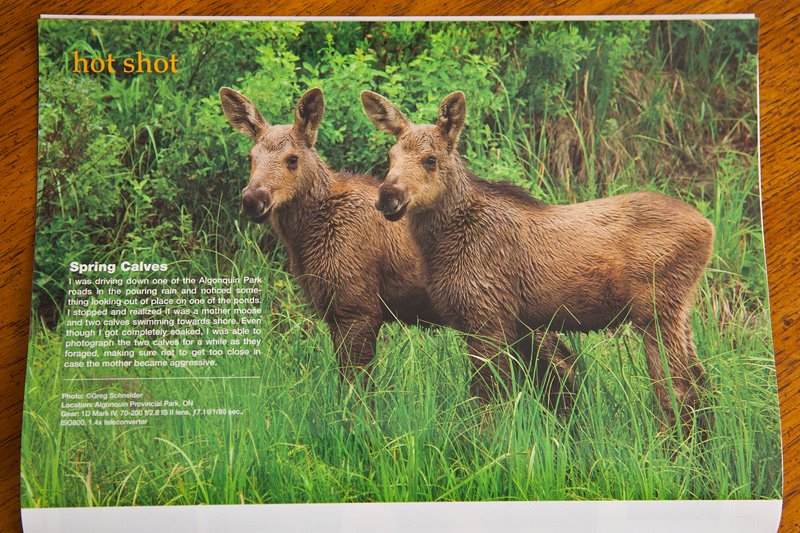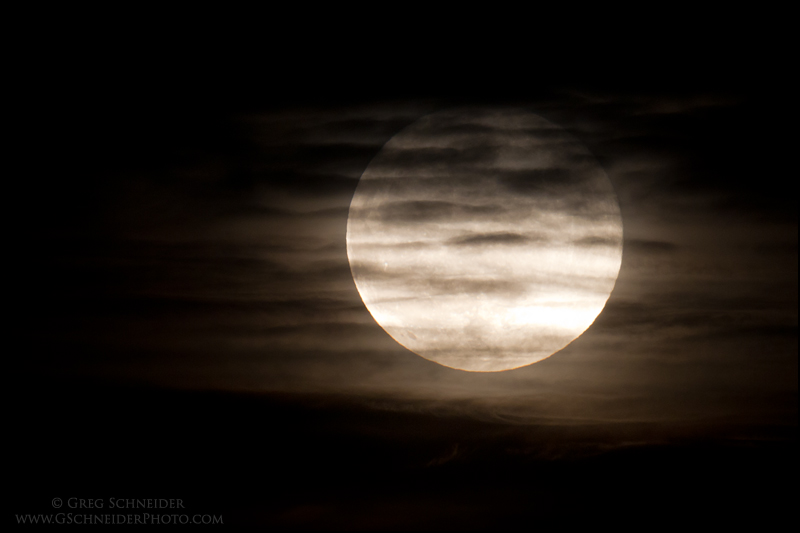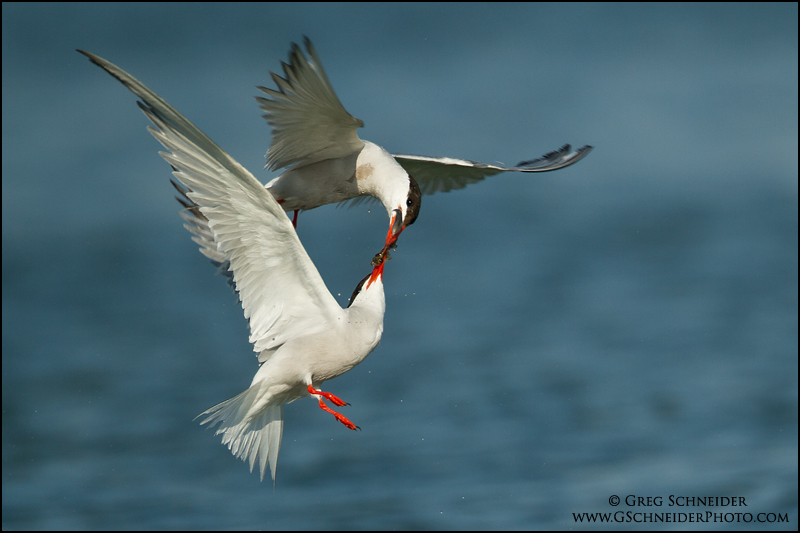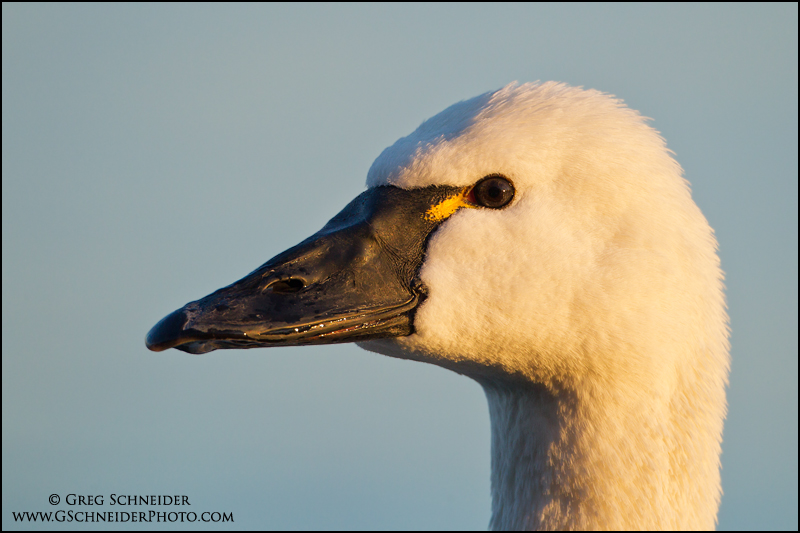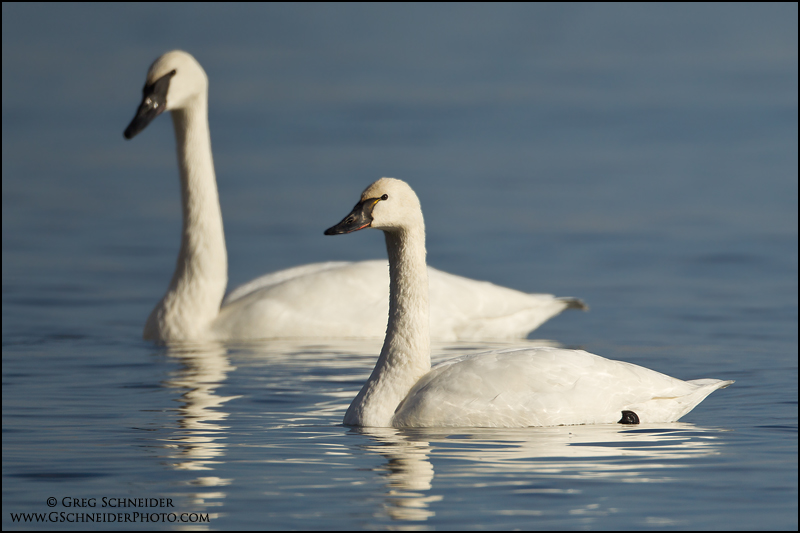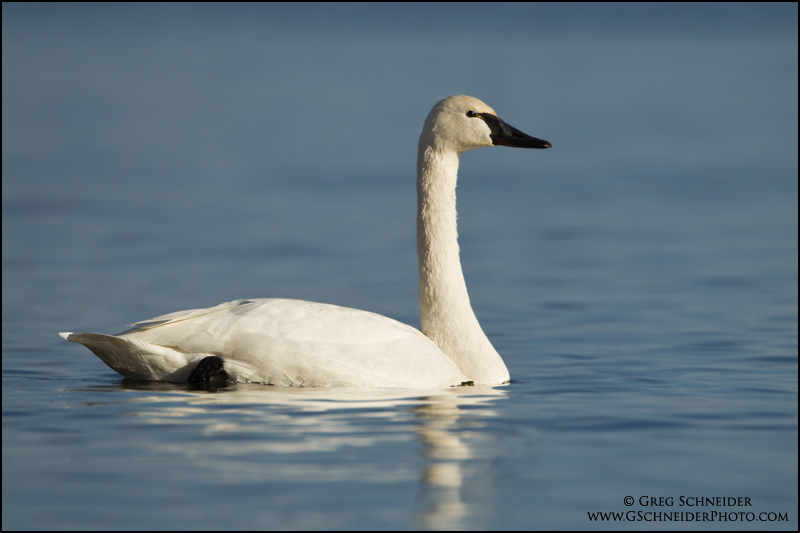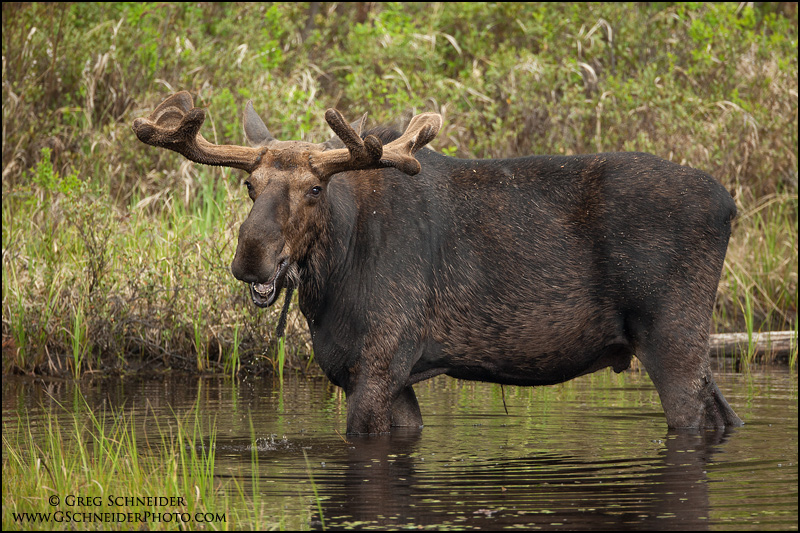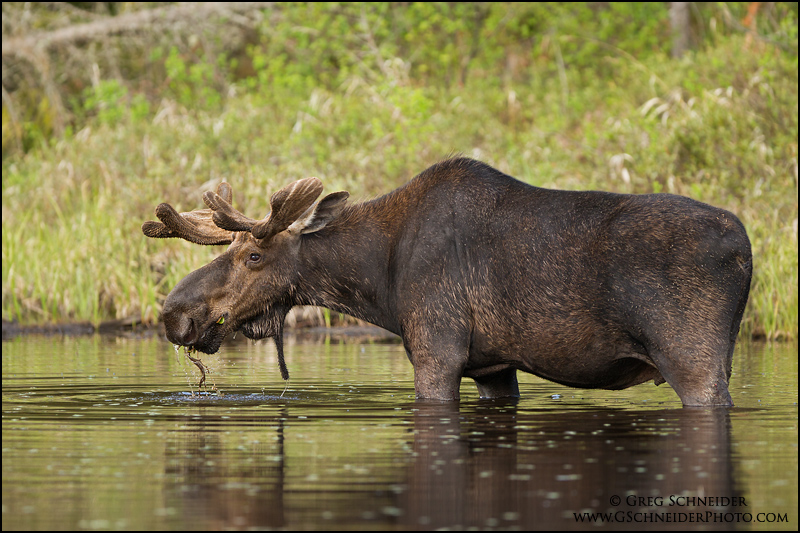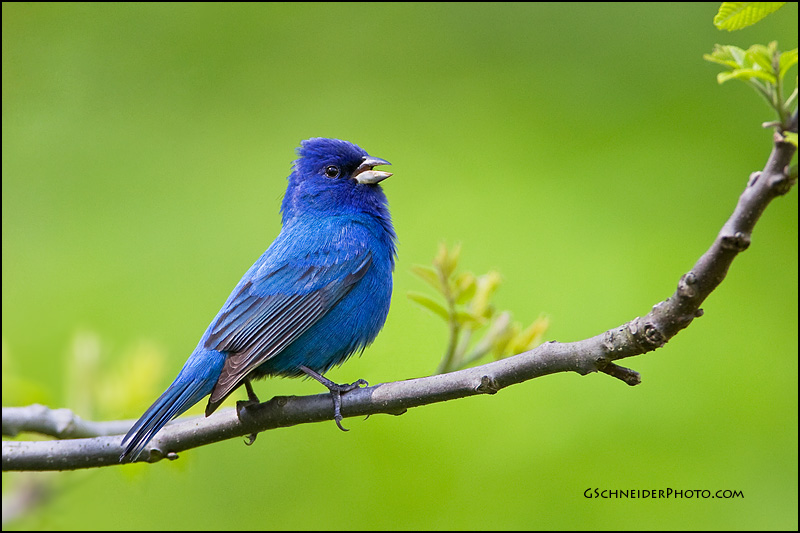For the past few weeks I’ve been on the road, concentrating on nothing but bird photography. The focus of my trip was Florida, and particularly for birds and associated activity that was more specific to this time of year. I traveled nearly 10,000km and came back with over 300GB of photos (after initial evening culling sessions). Generally, most birders visit Florida earlier in the year, but in early May there are many different opportunities for rookery activity, baby chicks of many sorts and several species that are generally only present in summer, including the black-necked stilt and least tern. I made Snowy Plover and their chicks a major target, and am happy to say I more than met my goals for capturing images of both them and Wilson’s Plover with chicks, not to mention baby burrowing owls! You can see a rough video of their antics here.
My only regret is that I couldn’t spend more time in Florida and visit a few other areas. I lost a few sessions to weather, but overall weather was conducive to bird photography, if a bit windy at times, making it difficult to achieve photos on calm water. I managed to visit most of the hotspots in Florida, including St. Augustine rookery, Viera Wetlands, Cruickshank Sanctuary, Blue Cypress Lake, Kissimmee Prairie, Merritt Island, Fort de Soto, Venice Rookery, Bunche Beach, Lido Beach, Tigertail Beach, Little Estero Lagoon and Cape Coral. Whenever I return, I would like to make a point of visiting Joe Overstreet and area (snail kites), the Everglades (earlier in the year is better), and Merritt Island (also better earlier), and Wako/Lox/Green Cay.
On my way home I spent some time in West Virginia photographing warblers with Jacob Spendelow. It was a very fun and rather productive weekend, with several lifers for me. Currently vegetation is quite advanced in southern Ontario and makes deciduous forest shooting more difficult. I plan to work on some targets locally, and perhaps warblers within a few hours of home for the next few weeks. It’s hard to believe that the peak of spring bird activity will be winding down by the end of the month.
